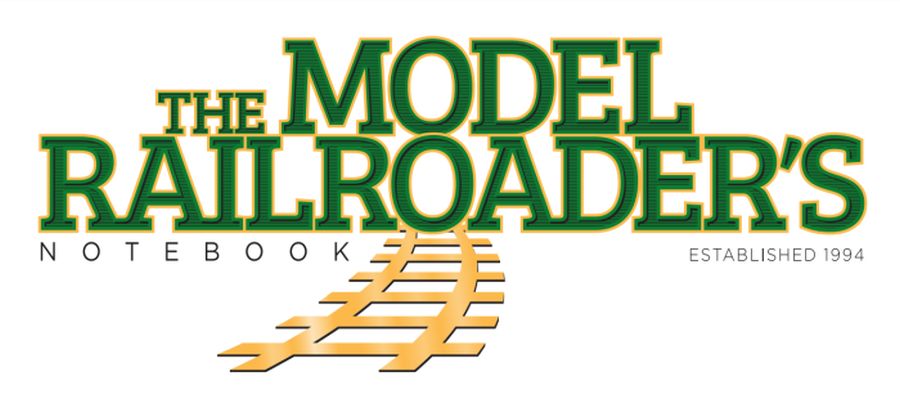Nothin' Like Shackin' in Georgia!
Homer, GA is located in the north eastern part of the state. I went there to find an old cotton gin that I'm building for the Dixie Central Railroad, but I discovered a gold mine of old, run down buildings. Oh joy!
Click on Photos to Enlarge
The O. S. Garrison Cotton Gin is amazing. It is a used car lot now, but much of the gin equipment is still in place. See photos of the Homer Gin! This unique structure greets you on the way into town.
The town of Homer is very quaint and full of very old building, many of which have been partly preserved. The court house appears to be under remodeling and there is an old jail. Lots of rust and old structures to photograph including several gas stations, an old hotel or boarding house and a building that I cannot figure out what it is. Go visit when you can!
I'm not sure why, but Homer has about six old gas stations in this one horse town. It may be because there is/was no railroad here that I can determine. This is very odd in a Southern cotton town. Maybe I just missed it. This station is two story, by the way!
This restaurant is still in business I think. It has a lot of character.
Norman Bates is finally coming home. What a creepy place! It is a hotel or boarding house of some kind and sits imposingly on the hill.
I couldn't figure out what kind of building this is or was. It doesn't appear to be much until you walk around to the side.
This wall screams to be modeled. The windows and boarded up doors are all different and the planking looks great! Of course, the Homer telephone pole is in the way. It followed me all day.
There are two more gas stations, one very well preserved.
This is a large, two story house or boarding house. I've got to learn more about the history in Banks county to figure out what they all are.
Here is another great building that must have been a store with the house up above. The front porch structure is no more, but it is evident.
This building has TONS of character. Old, weathered and dilapidated, it just yells to be modeled. I have photos on all sides.
Here is a side door, maybe for unloading. Excellent!
You can see the construction methods used where the boards have fallen off or rotted out.
The renovated gas station comes with signs and a pump, but the "white" mortar is painted on and not original.
Each one of the gas stations is VERY different and built at a different time, thus showing various contruction techniques.
The shiny new roof blinded my camera in this shot, as it was daylight when I took the photo. Each side of this building is built with a different method! The other side is metal sheet, the back is clapboard.
This here's the county Pokey, what you might call a jail. It is well preserved.
This little shed was my most favorite of all buildings. It was some kind of tool shed or supply house as it had a very good floor at one time, so it wasn't for animals. When doing board by board construction you often want to see how the locals did it. This is an EXCELLENT example of how construction was done in Georgia in the early 1900's. That is why I think it held something important as it is VERY well crafted.
Look at these supports! The floor had fallen out but it was evident that it was well made.
Leave town, the Hillbilly Gallery is our parting shot.
For those of you that might want to model one of these buildings, let me know. I've got another 150 photographs with details shots of most of them. Glad to loan them to you!

























































